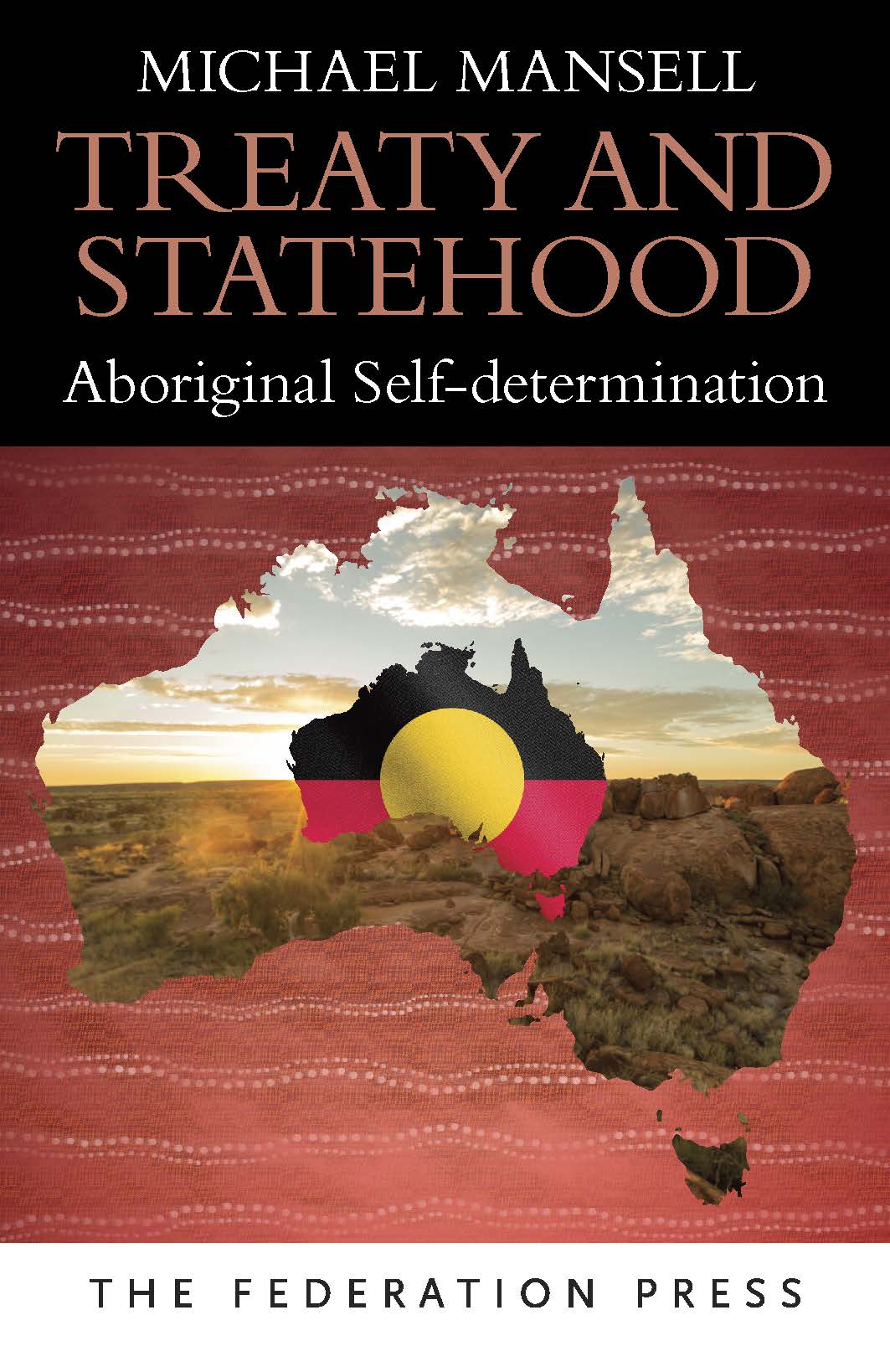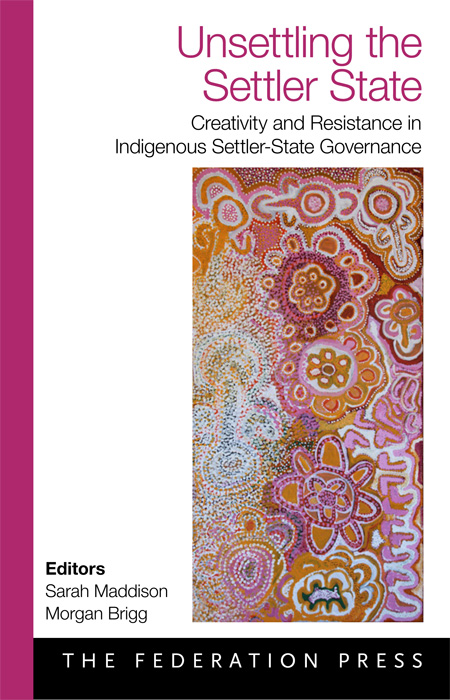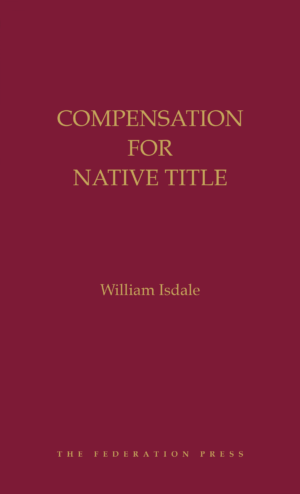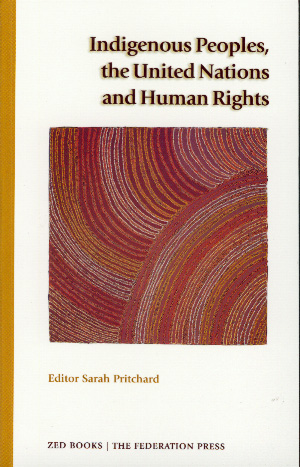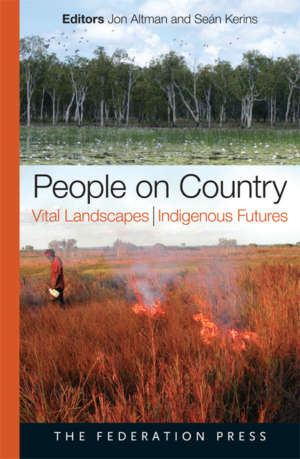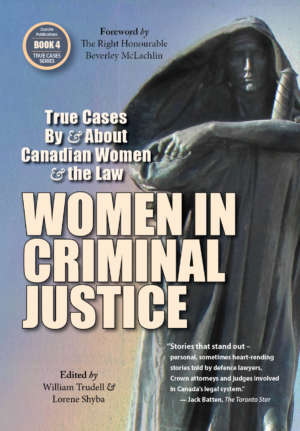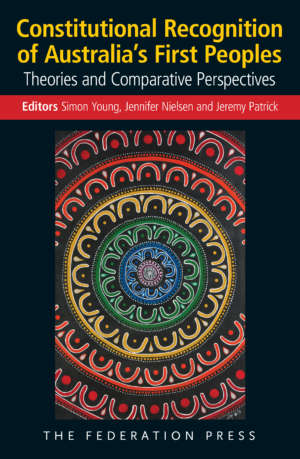Product Description
If governments of Australia agreed to share power with Aboriginal people, what would the result be? And if Australia was to have a settlement or a treaty with Aboriginal and Torres Strait Islanders, what would a treaty deal with and how would a treaty affect the general public? Is there anything beyond a treaty?
Treaty and Statehood: Aboriginal Self-determination, by Aboriginal author Michael Mansell, answers these questions and more. Mansell examines the New Zealand model of designated M?ori seats and applies the idea to comprise 12 Indigenous Senators in Australia. He argues designated seats and a treaty are constitutionally permissible, and details the possible content for a treaty. He discusses the meaning of self-determination and its limitations, and also thoroughly reviews Aboriginal sovereignty and its function in a modern Australia.
The book critically examines the legality of designated seats, treaty, sharing of power and autonomous communities. The legal examination is broken down into easy-to-understand language. Ultimately, Mansell looks at whether justice can best be served to Aboriginal people through a new State of Australia.
This new idea of a seventh State – or First State for the First peoples, as the author prefers – is constitutionally legal. Its practicality is also critically examined, including the rights each Aboriginal community or ‘nation’ would have under statehood.
This is a book that answers our query about what reconciliation ultimately means and how it can be achieved.
“His strongly expressed opinions are always sincere and soundly argued: they may appear at first provocative or over-idealistic, but just wait; in years to come they are likely to be seen as a prescient articulation of a way forward for securing the dignity of our first Australians.” – Geoffrey Robertson QC, from the Foreword
In the media…
An Indigenous seventh state: a radical idea from a constitutional conservative, Stan Grant, ABC News, 3 Jun 2017 Read article…
New book examines ‘justice’, Jillian Mundy, The Koori Mail, 25 January 2017 Read article…
Aboriginal lawyer and activist Michael Mansell has written a new book, Holly Monery, The Examiner, 28 December 2016 Read article…
Mansell draws new boundaries for Aboriginal state, Wendy Caccetta, National Indigenous Times, 21 December 2016 Read article…
Treaty’s benefits, Opinion Letter by Michael Mansell, The Australian, 19 December 2016 Read letter…
Indigenous spending to double, warns Michael Mansell, Stephen Fitzpatrick, The Australian, 16 December 2016 Read article…
Michael Mansell on Sky News, The Bolt Report with Andrew Bolt, 15 December 2016 Listen to interview…
Australia should create seventh state run by Indigenous people, lawyer Michael Mansell says, Dan Conifer, ABC News, 14 December 2016 Read article…
Foreword by Geoffrey Robertson QC
Acknowledgments
Introduction
Chapter 1: Setting the scene
Chapter 2: Accommodation of Aboriginal rights in a democracy
Chapter 3: The electoral system
Unfair electorates
Overseas experience
Are designated seats constitutionally legal?
Twelve Indigenous Senators
Chapter 4 Aboriginals and the Australian Constitution
The nature of the Australian Constitution
A constitutionally entrenched Indigenous advisory body
Race and anti-discrimination in the Constitution
The race power: s 51(xxvi) of the Australian Constitution
Case 1: Bropho v Human Rights and Equal Opportunity Commission
Case 2: Maloney v The Queen (Palm Island Liquor Case)
Case 3: Bropho v Western Australia
The relevance of s 25
A missed opportunity
Legislation
Chapter 5: Aboriginal sovereignty
What is sovereignty?
Aboriginal sovereignty today
Sovereignty inside Australia
Popular sovereignty
Loss of Aboriginal sovereignty through assimilation and citizenship
Sovereignty at work
Chapter 6: Treaty
Part I: The preliminaries
Treaty defined
Inherent Indigenous rights
Purpose and effect of a treaty
Are there any legal impediments to making an agreement or treaty with the Indigenous peoples?
Over-arching treaty or many treaties?
Part II: Minimum content of a treaty
Minimum content
Sovereignty and treaty
Restore, exclude and accommodate
(a) Restore
(b) Exclude
(c) Accommodate what is left over
Part III: An Australian treaty
What might be in a treaty
(a) Cleansing the past
(b) Land
(c) Empowerment
(d) Social development, cultural retention and education
(e) Finances
Lessons from near and afar
Treaty enforcement
Chapter 7: Treaty-making process
Negotiating stage
Settlement: One New Zealand experience
The A Team: The principals
The B Team: The overall negotiating group
The C Team: The specialist groups
Post-settlement
Chapter 8: Self-determination
The international source for self-determination
Whom does this right apply to?
All peoples have the right to self-determination
Under what circumstances does self-determination apply?
The four criteria for statehood and its link to self-determination
Working government
Clear support for independence
International benefactor
The Australian position
The divide between law and politics
Chapter 9: Aboriginal statehood: A new First state
A new State from an old nation
Territory must be identified before the Commonwealth can legislate a new State
States surrendering territory to new State
Viability of new State
Crown lands as waste lands?
Chapter 10: A new State in operation
Customary law
Limits and restrictions on customary law
Land rights and native title lands under statehood?
One Aboriginal nation or many?
Constitutional limitation on Commonwealth interference
Preamble to new State Constitution
The Racial Discrimination Act and Aboriginal statehood
‘Expanded’ Aboriginal State responsibility
Chapter 12 : Incremental steps
Campaigning for a new State
Independent endorsement for statehood
Learning from the experience of earlier movements
Plebiscite for statehood and territory
A federal Aboriginal territory
Conclusion
Bibliography
Index

